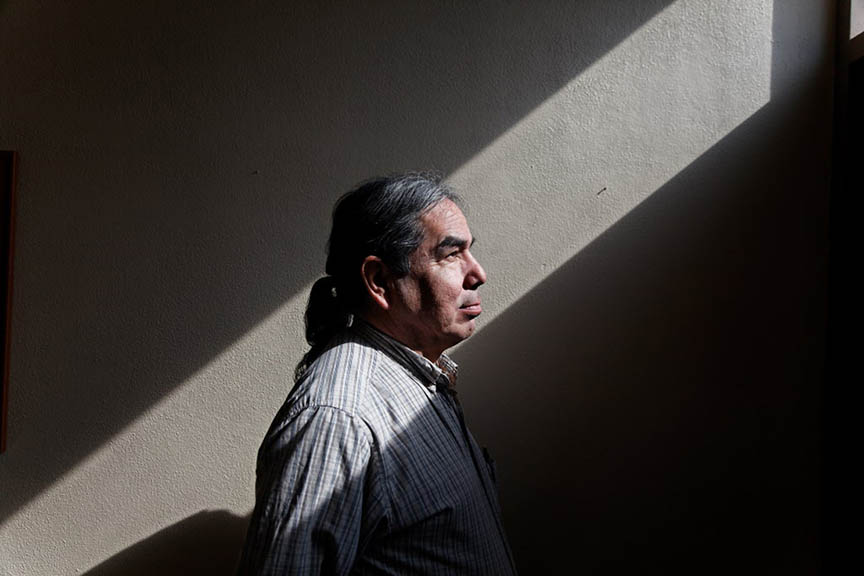
“The ultimate value of life depends upon awareness and the power of contemplation rather than upon mere survival.” – Aristotle
Probably the aspect of existence that is taken the most for granted is awareness. Additionally, it is also the least noticed and understood. I believe that this stems from the fact that awareness has always been there throughout our lives. It is a truism in Psychology that we learn to ignore things that do not change. Our nervous systems are tuned to note change and ignore constancy. So, our brains are designed to not notice our ever present, constant awareness.
But truly, our awareness is arguably the most miraculous component of our existence. Without realizing it, it is the presence of this awareness that convinces us that there is more to life than the physical and leads us to spirituality and religion. It is also our most mysterious component. It is extremely difficult to characterize, measure, or study making it almost impossible to explore in a scientific manner.
If one looks at their own awareness closely (in fact your personal awareness is the only one you can look at) you find that it’s your awareness that’s now looking for your awareness. It’s kind of like your ears trying to hear your ears. As we search, looking carefully and deeply, we don’t find anything there. The whole Buddhist notion of emptiness stems from this fact, that when you look you can’t find anything. But, it’s no wonder that nothing is found as what’s looking is what’s being sought.
Carefully looking at our awareness we can also come to realize that awareness is a seeing without being seen. It’s an unexperienced experience; a perceiverless perceiver; an effectless effect! In other words it’s an end point of thought and sensory experience. It’s having an experience but nothing is experiencing it. It is in essence the end point on a causal chain, with no further causes and effects. How remarkable!
Our minds are designed to analyze cause effect chains. That is what has given us the ability to analyze our worlds and learn to control them. Identifying the cause of something provides the ability to control the occurrence of the effects, making us masters of our environment. It’s no wonder that this ability was favored in evolution.
But what can we make of things at the beginning or end of these chains? Our mind boggles at the notion of a causeless cause or an effectless effect. We end up inventing gods as the beginning point, the prime mover, that which has always existed without beginning, the causeless cause. For that matter we’ve also invented the notion of soul as the everlasting thing without end that has no further effects, the effectless effect. But, a moments reflection, clearly reveals that this doesn’t resolve the issue at all. It simply places a label on it and doesn’t explain it or add any understanding to the issue. This should make it clear that we have no chance of understanding these phenomena though using the minds tools of logic, reason, or science.
So, our minds cannot analyze or understand our awareness. This underscores the fact that our minds are very limited, which is why Suzuki Roshi referred to it as the “little mind.” Our awareness, on the other hand he termed the “big mind.” It encompasses the “little mind” but is itself vaster. It makes sense that awareness, the “big mind” cannot be analyzed by its subcomponent, the “little mind.”
So how can we look at awareness? The answer is that we can’t, we can only experience it. This is why the Buddha called his teachings Dhammaehipassiko, which means “Come and see for yourself.” Don’t try to understand it, just see it for yourself, just experience it.
If you take this frame of mind and just kick back and let the experience happen without thought, analysis, labels, or judgments, you begin to see the amazing miracle of your awareness. Every moment becomes magical. You revel in its ever changing diversity and beauty. You realize how precious this existence is and how special you are to be able to have it. Every moment is unique, a never to be experienced again treasure.
This is why the great modern sage, Thích Nhất Hạnh, states that “People usually consider walking on water or in thin air a miracle. But I think the real miracle is not to walk either on water or in thin air, but to walk on earth. Every day we are engaged in a miracle which we don’t even recognize: a blue sky, white clouds, green leaves, the black, curious eyes of a child — our own two eyes. All is a miracle.”
There is some controversy as to whether Einstein actually said this but, it’s so meaningful that I’ll repeat it anyway; “There are only two ways to live your life. One is as though nothing is a miracle. The other is as though everything is a miracle.”
So, stop ignoring it and pay attention to the greatest miracle of existence, your awareness. Jesus said that “The kingdom of heaven is spread upon the earth but men do not see it.” I would contend that what Jesus was referring to was our awareness. It is heaven on earth, but we don’t see it.
So, open our eyes to awareness and experience the miracle of heaven.
“Spirituality is meant to take us beyond our tribal identity into a domain of awareness that is more universal.” – Deepak Chopra
CMCS – Center for Mindfulness and Contemplative Studies








